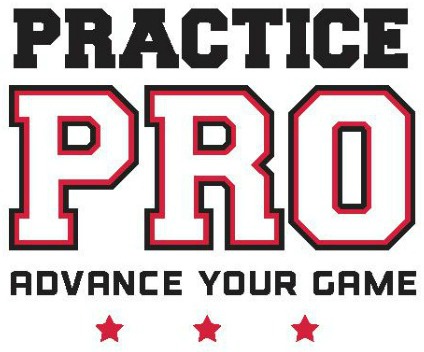How to Prevent the Pre-season Pitching Practice Plateau
/For those of you who read my blog on How To Practice in the Preseason, consider this is a second installment of how to practice better in your pre-season pitching workouts. Before diving into today’s strategies, I recommend revisiting that first post, as this article builds on the foundational concepts of block, varied, and random pitching practices. For your convenience, I’ve hyperlinked the initial article here.
Pre-season pitching workouts represent Phase 2 of your yearly training cycle (see #3 below).
Phase 1: The Off-Season
Despite the name, the off-season is often the most productive period for growth. From October to December, pitchers focus on the “big three” objectives: strength building, mechanical refinement, and developing new pitches.Phase 2: Pre-Season Training
This phase spans January through March for most pitchers (specific timing may vary based on your age and schedule). The focus shifts to accuracy training and endurance development, with minimal mechanical adjustments to ensure repeatable motions. Block, varied, and random practice methods are crucial during this stage, and knowing when to apply each is key to avoiding the dreaded "Pre-Season Pitching Practice Plateau."Phase 3: In-season Training
The in-season program takes place April-July. In-season training consists of maintaining good mechanics, adjusting problems as they come up, and a focus on game situations and accuracy.
Now that you’re caught up, let’s dive into the best part of pre-season training: getting game-ready.
Pre-season workouts can feel monotonous as you transition fully from off-season preparation to in-season readiness. With games still weeks away, it's the perfect time to make your practices more competitive and engaging. Adding elements of reward and consequence into your training can replicate game-day adrenaline while making your one-on-one sessions with your catcher more exciting. After all, games are fun—so your practices should be, too!
A competitive pitching session emphasizes goal-setting and accountability. By incorporating rewards and consequences, you simulate the stakes of real gameplay. Here are some creative drills to inspire meaningful improvement:
1. The Game of 5
Start at “5” and call out a pitch and location to your catcher.
Hit (hit the spot - different than a strike): Move down a number (e.g., 5 → 4).
Bad miss (wild pitch): Move up a number (e.g., 5 → 6).
Good miss (close but not ideal): Stay at your current number.
Continue until you either reach 0 (you win!) or 10 (you lose).
Reward for reaching 0: Decide beforehand—ice cream with your catcher, choosing dinner plans, or staying up late.
Consequence for reaching 10: Perform an exercise penalty (e.g., 30 box jumps or burpees) or start the game over.
This drill improves accuracy while building focus and resilience.
2. Pitching Obstacles Challenge
Set up a traffic cone in the center of home plate and two objects (e.g., a batting dummy or trash can) in the lefty and righty batter’s boxes.
Your goal: Throw pitches between the cone and the obstacles 10 times without hitting anything or throwing wild.
This drill teaches you to pitch in the "river" (the area just inside or outside the plate) where hitters are tempted to swing but struggle to make solid contact. Set high-stakes rewards and consequences to enhance the challenge and keep your adrenaline pumping.
3. The Deception Game
This drill hones your ability to disguise changeups and other off-speed pitches.
Setup: Set a 7-minute timer.
Goal: “Fake out” your catcher 10 times by making your changeups and fastballs look identical.
Your catcher must call “FAST” or “SLOW” before the ball reaches their glove. If they’re wrong, late, or silent, you score a point.
This drill sharpens your mechanics by focusing on consistent arm speed and release points, ensuring every pitch looks the same until it’s too late for hitters (or catchers!) to react.
4. Ropes and Sticks
This drill challenges the precision of your movement pitches.
Set up a rope 10–15 feet in front of home plate and sticks marking key locations for each pitch.
Drop ball/changeup: Clear the rope and land just past the plate.
Rise ball: Stay under the rope and finish slightly above it.
Curve ball (for righties): Break from right to left around the stick.
Set a time limit (e.g., 12 minutes) and aim to execute all pitches correctly once. Success ends practice, while failure results in a consequence and a retry.
Competitors thrive on competition. By adding creativity, accountability, and stakes to your training, you’ll transform routine practices into engaging, game-like experiences. If you have your own drills or competitive games, I’d love to hear about them! Feel free to write to share below!


